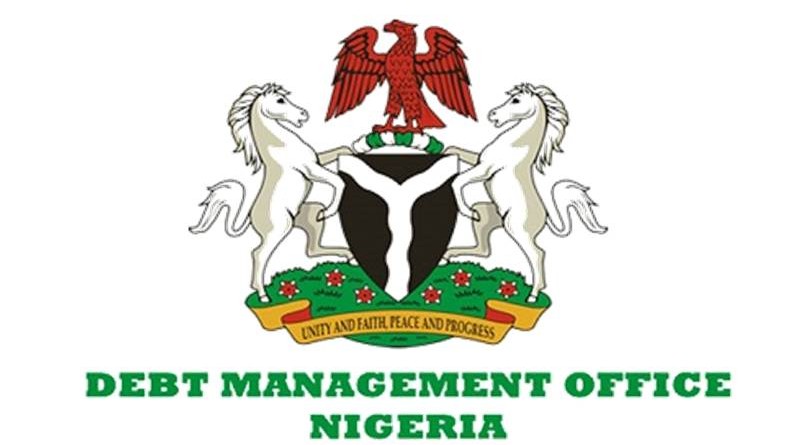Nigeria’s Debt hits N49.95 Trillion in First Quarter of 2023
The Debt Management Office (DMO) estimates that as of March 2023, Nigeria’s total governmental debt was N49.95 trillion. The Federal Government, the 36 states, and the Federal Capital Territory (FCT) are all included in the overall debt stock, which includes both domestic and foreign debt.
As of December 31, 2022, the overall debt of the nation for the previous quarter (Q4 2022) was N46.25 trillion, representing a rise of roughly three trillion Naira (8%) when compared quarter to quarter. The Central Bank of Nigeria (CBN) supplied the Federal Government with Ways and Means Advances of N22.719 trillion, which are not included in the total debt number.
The Ways and Means Advances will be included in the Federal Government’s debt stock as of June 2023, according to the DMO, after the National Assembly approved the securitization of these advances in May. Notably, the cost of servicing the nation’s debt increased by 55.71% QoQ to N1.24 trillion in the first quarter of 2023 (Q1 2023) from N550.51 billion in the fourth quarter of 2022. This is broken down as N368.87 billion spent on servicing external debt in Q4 2022 as opposed to N143.74 billion in Q1 2023, a rise of more than 100%.
Additionally, Nigeria paid N874.13 billion on servicing domestic debt in Q1 2023 compared to N406.77 billion in Q4 2022, a difference of over 100%. The implementation of open reporting systems and monitoring mechanisms, effective borrowing practises, and the reduction of the risk of debt distress are all necessary to address Nigeria’s expanding public debt and rising debt servicing expenses.
Strong institutional structures and transparent procurement procedures can strengthen this. In order to diversify the economy and lessen dependency on oil, efforts should be concentrated on collecting additional income. This can be done by taking steps to increase the tax base, enhance tax administration, and encourage private sector investment, among other things.
Additionally, revenue leakages need to be severely reduced in order to free up money for debt repayment and infrastructure improvements. Financial restraint is also essential, necessitating cutting excessive spending and improving financial accountability and transparency. Regular debt sustainability evaluations should be conducted, taking into account metrics like the debt-to-GDP ratio and the debt service-to-revenue ratio.



